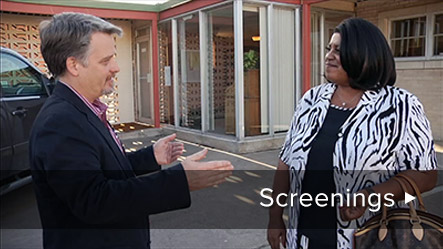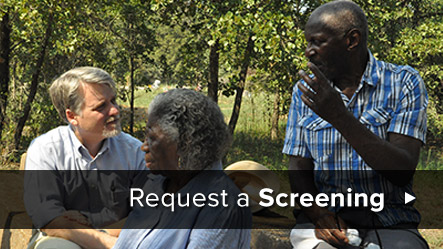NFL Films will be premiering their documentary, “LaDainian Tomlinson: A Football Life” on Sept. 3 at 8 p.m. Central on the NFL Channel. I am proud to say that I make several appearances helping LaDainian understand the history of Tomlinson Hill.
LaDainian’s parents divorced when he was young and his father, Oliver Terry Tomlinson, never told his son about the family history. O.T., as he was best known, was dealing with personal demons and died in a car accident in 2007. NFL Films director James Weiner asked if I could share with LT what I know about both of our family’s histories during a visit to the Hill.
You can read James’ back story and see a trailer for the film here.
All I’d like to add is that LaDainian was very gracious that cold and rainy day, and he was equally kind in agreeing to an extensive interview for the book and writing the Foreword. He didn’t have to do either. He wants to make sure the family history is accurately passed on to the next generation, including to his son Daylon.
Part of that history is the leadership his grandfather Vincent showed in the Hill’s African American community. I talk about this in the film, but his role as a high-ranking Mason and deacon in Gravel Hill Baptist Church led many to believe that the Hill was named after him. In many ways the Hill belongs to LT’s family as much as mine, since the plantation is long gone, but Vincent’s village remains.
Residents of Marlin continue to ask me, what does this have to do with the present day? Why should we account for our ancestor’s sins? Why does Chris Tomlinson care about a place his grandfather left in 1920?
Watch the film and look into LaDainian’s eyes at the end. Listen to him explain how his love of football came from his father? That his mother made his career possible? Our ancestors played major roles in defining who we become? My grandfather could not have gone to Texas A&M if he were born poor or black. I would have never dreamed of going to Africa if my parents hadn’t raised me free of racial bigotry.
Americans like to believe we are all self-made, and none of us are wealthy and that class doesn’t exist. I know people don’t like to have these myths challenged, but the journalist in me demands that I make an honest assessment. That’s what Tomlinson Hill is all about, painstakingly laying out the facts about how my ancestors made my possible. And knowing the truth, as I am sure LaDainian agrees, is empowering.




